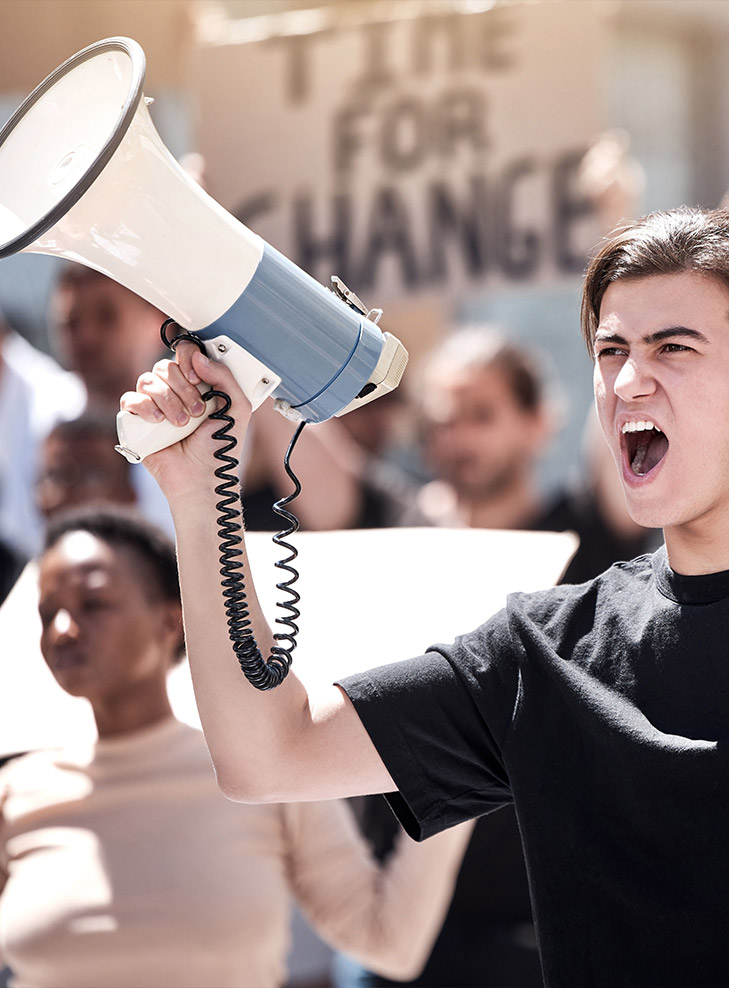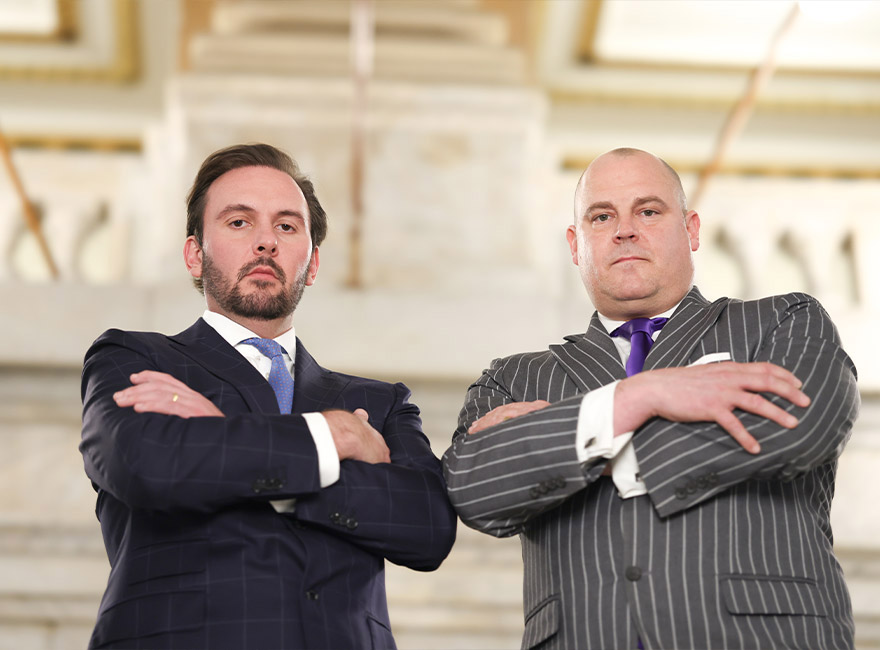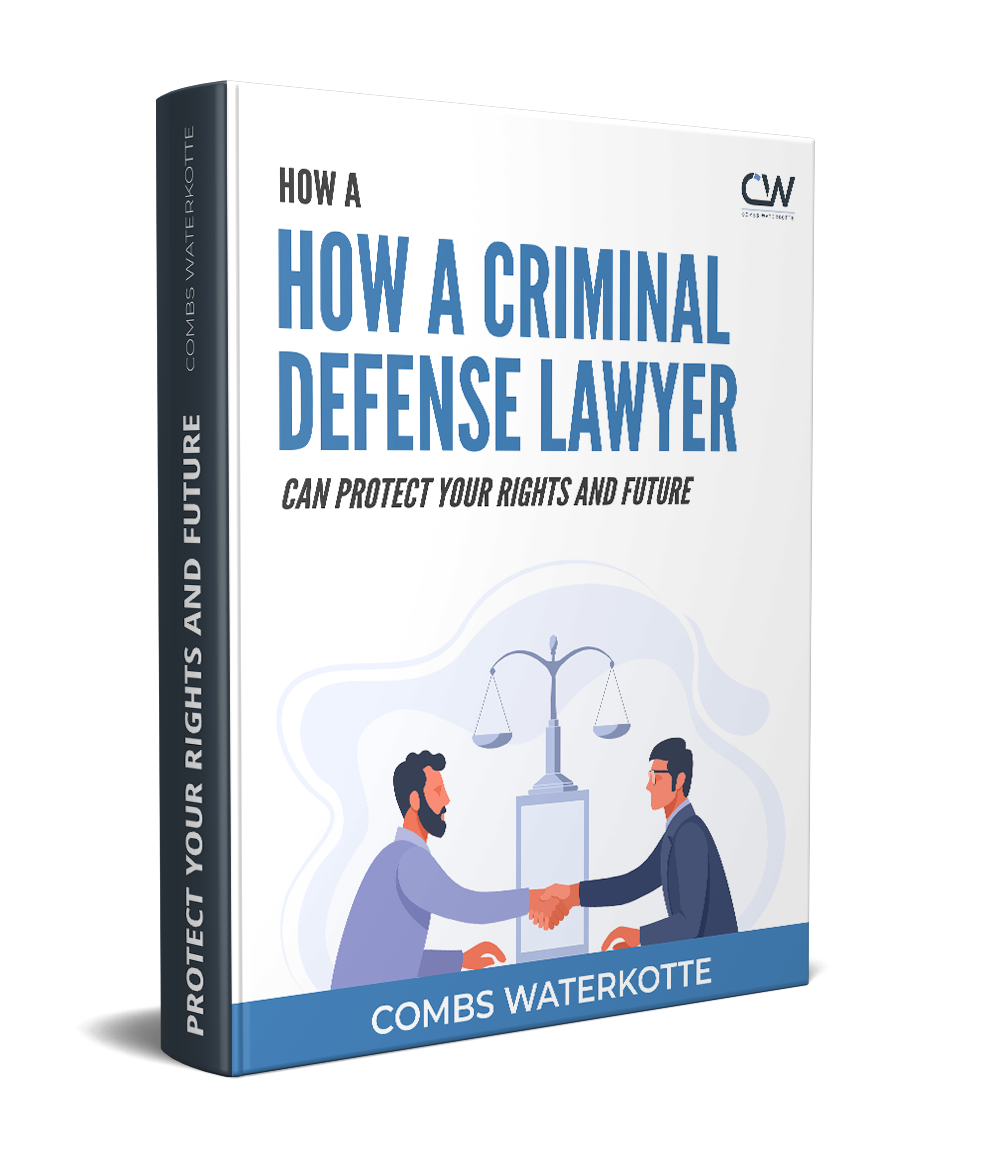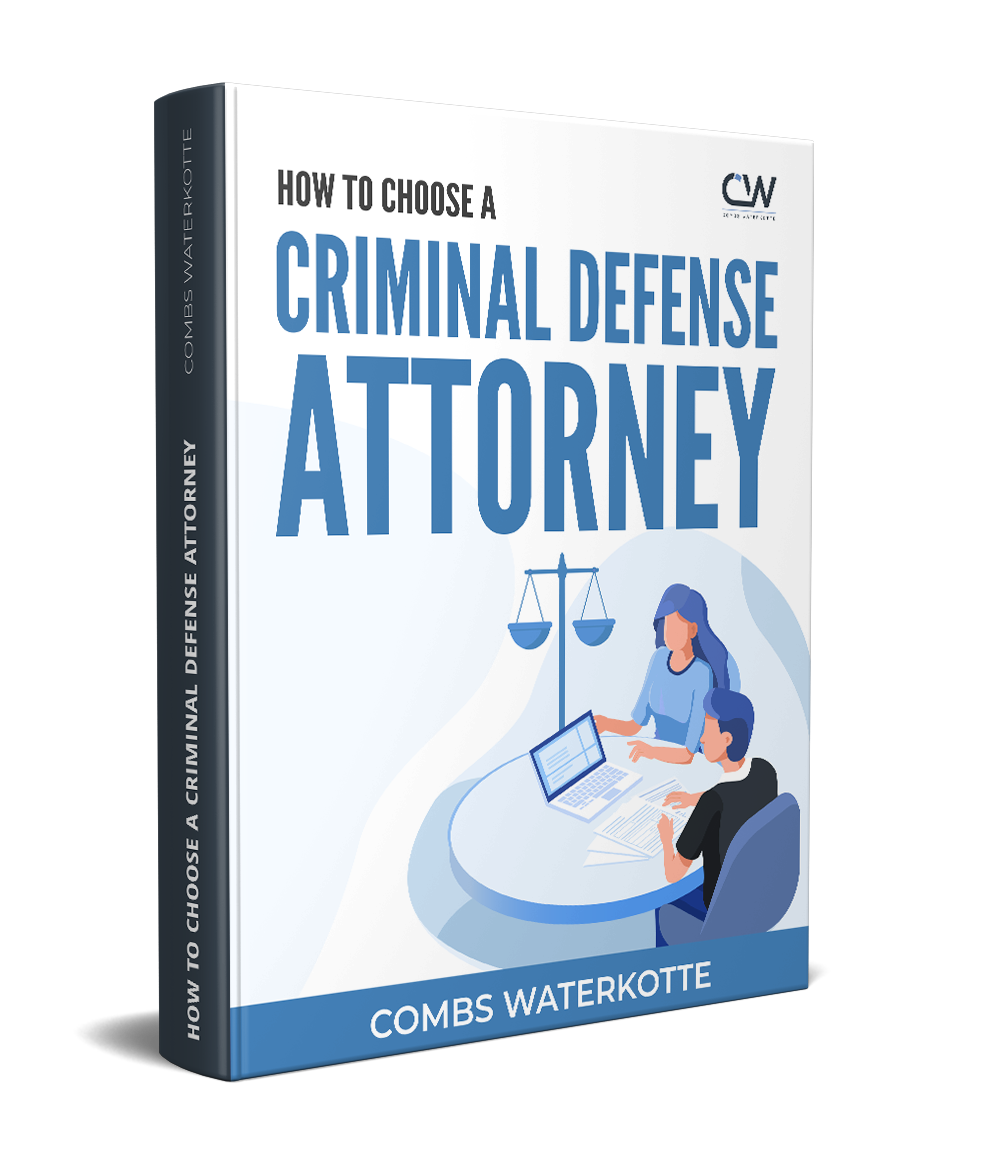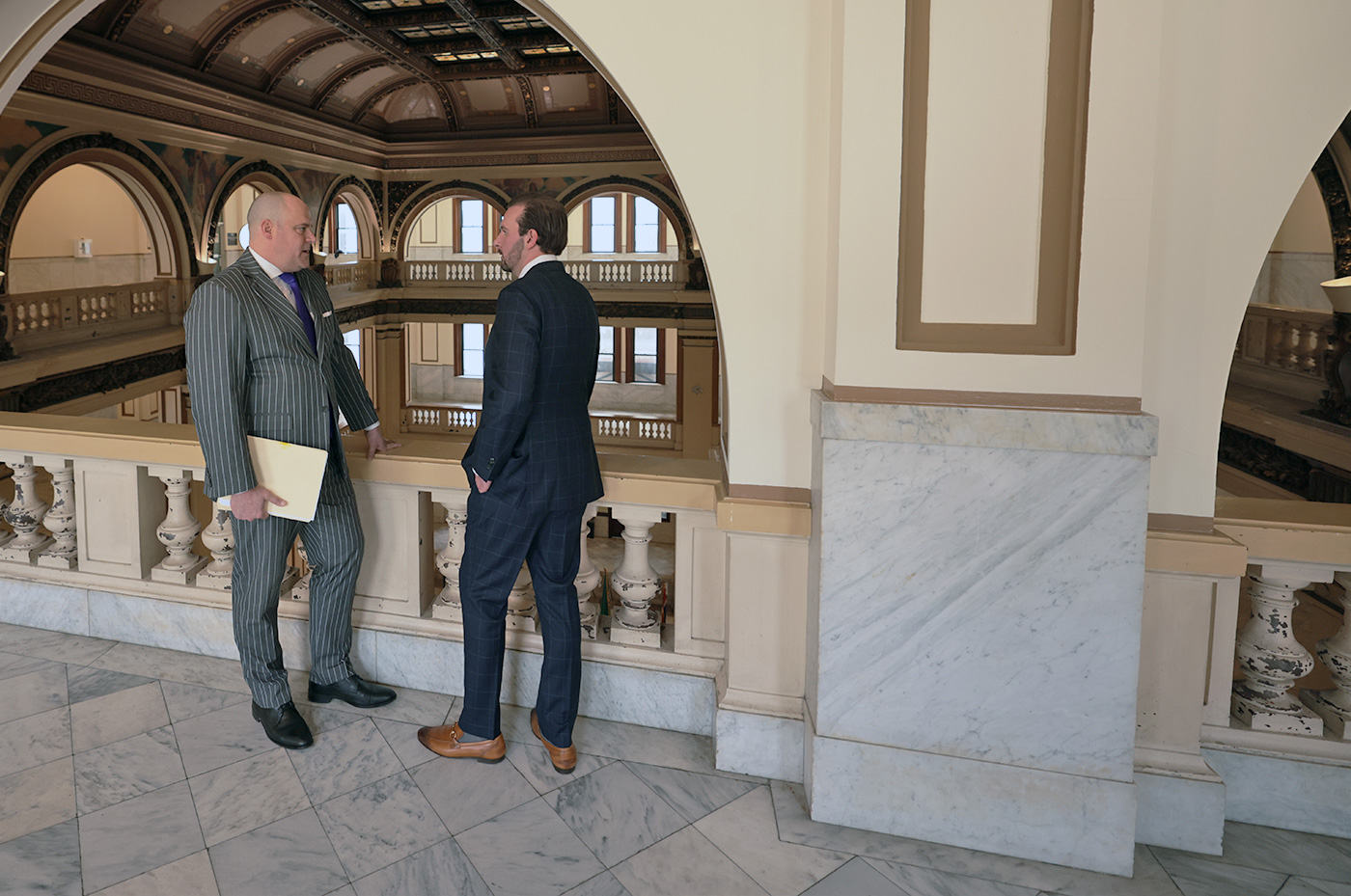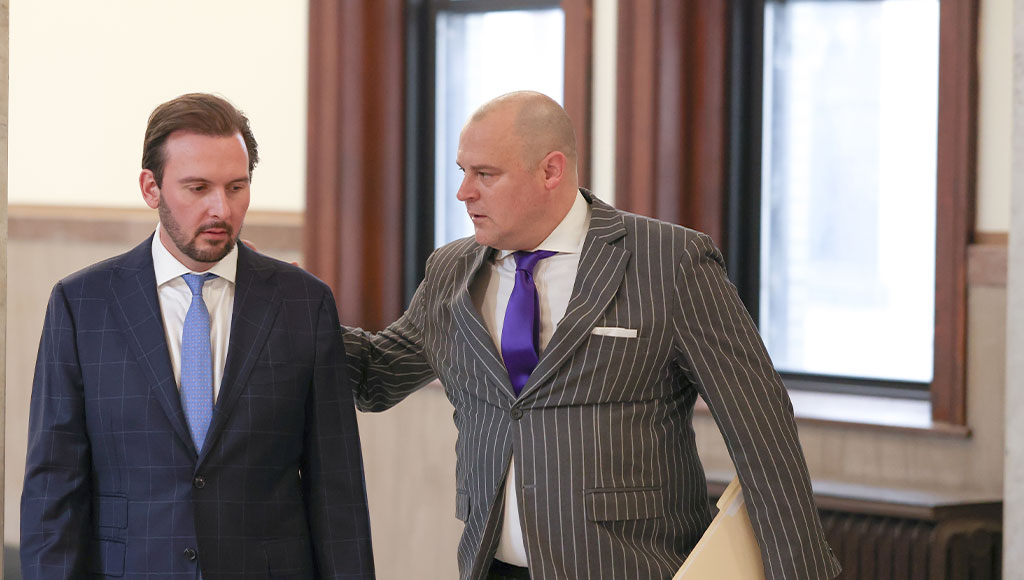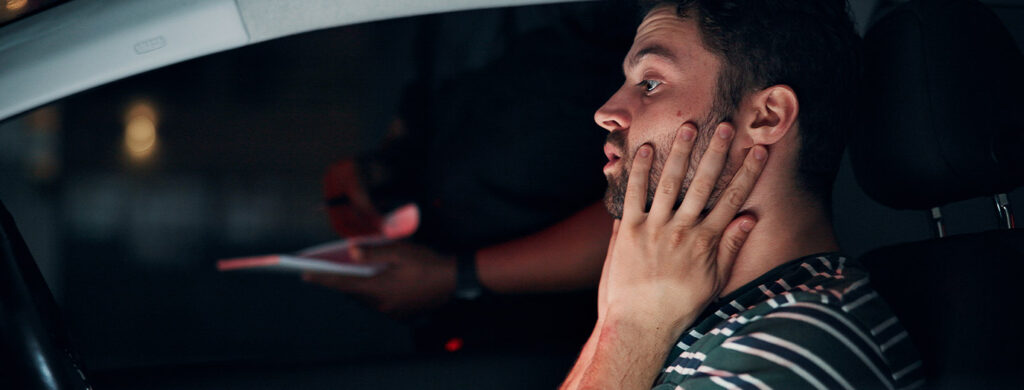
Defining Rioting and Unlawful Assembly in St. Louis
The term “riot” has many potential meanings, including looting after a natural disaster, disruptive and noisy protests, or even widespread lawlessness. Riots under American common law largely match this understanding.
Before states codified criminal offenses, a riot was thought to occur when three or more people acted for a common purpose, and the defendant used force or threats of force to pursue that purpose.
Your future is on the line. Call Combs Waterkotte's St. Louis unlawful assembly and rioting lawyers at (314) 900-HELP for an immediate consultation.

Importantly, the “common purpose” could be lawful or unlawful. Under the common law, you could commit a riot when you had a lawful purpose but tried to accomplish it in unlawful ways.
Similarly, unlawful assembly occurred when people gathered for an illegal purpose. As such, the key distinction between riots and unlawful assemblies was the lawfulness of the group’s purpose.
The law criminalizes these activities to preserve public order. A mob preparing for or engaging in a riot could damage property, kill bystanders, and trigger counter-riots.
Missouri’s Statutes Covering Riots, Unlawful Assemblies, and Refusals to Disperse
Missouri’s laws against riots and unlawful assemblies are much narrower than the corresponding common law crimes. These laws appear in the Missouri Revised Statutes as Offenses Against Public Order and include the following:
Riots
Rioting occurs when someone knowingly assembles with six or more people and agrees with them to violate any Missouri or U.S. law using force or violence. Prosecutors must prove that the group used force or violence to violate the law.
There are several important elements of this offense. First, the law doesn’t limit the timing of the agreement. In other words, it could come before or after the group gathers. Moreover, an agreement may be explicit or implicit. For example, prosecutors can show that you “agreed” by seeing what the mob was doing and joining in.
On the other hand, the law requires an unlawful purpose. Thus, you can’t commit an act of rioting if you only participate in lawful activities.
The law also requires that the accused knowingly committed the prohibited acts. Under Missouri law, someone acts knowingly when they’re aware of the nature of their conduct and understand that it’s virtually certain to cause the prohibited result.
Therefore, prosecutors must prove that you were aware that you assembled with at least six people and agreed with the group to violate the law. If you were unaware of what the group was doing, you may qualify for a dismissal, acquittal, or plea bargain.
Ignorance of the law isn’t a valid defense. You might still have participated in a riot even if you didn’t know about the riot statute.
That said, a mistake of fact might help. For example, suppose that you agreed to help a group of friends burn a field that you reasonably believed to belong to one of them. If the field was actually someone else’s property, you might face charges for reckless or negligent burning but avoid rioting charges.
Unlawful Assemblies
Under Missouri law, an unlawful assembly happens when someone knowingly assembles with six or more people and agrees with them to violate a state or federal law using force or violence.
The difference between a riot and unlawful assembly is that the former requires proof that the group broke the law, while unlawful assembly only requires proof that the group agreed to break the law.
Refusal to Disperse
Refusal to disperse happens when someone at the scene of an unlawful assembly or riot knowingly fails or refuses to obey commands to leave the scene from an officer of the law.
Prosecutors must prove that a riot or unlawful assembly occurred, but they don’t need to prove that you participated — simply being at the scene and disobeying a police officer’s order is enough for a conviction.
Conspiracy
Conspiracy implies neither a riot nor unlawful assembly. However, conspiracy charges can accompany those for rioting or unlawful assembly, particularly for the assembly’s organizers.
Conspiracy occurs when two or more people agree to commit a felony, and at least one takes an “act in furtherance” in committing it. Since rioting is a misdemeanor charge, you can’t be charged with a conspiracy to commit a riot. However, conspiracy charges can overlap with rioting charges when the rioters agree to commit a felony.
For example, suppose that a large group gathers to confront a family they believe to be squatting on one of the group member’s property. They agree to bring guns to threaten the alleged squatters.
Depending on how the situation plays out, the group members may be charged with rioting, assault, and/or conspiracy to assault since assault may be a felony.
Disturbing the Peace
Charges of disturbing the peace are often brought against protesters. You can commit this offense by being on public or private property without permission while unreasonably and physically obstructing traffic or an entry or exit.
Disturbing the peace differs from rioting in that it doesn’t require any of the following:
- Six or more people
- Agreement
- Force or violence
Disturbing the peace may overlap with other offenses. For example, protesters who refuse to go home after a peaceful protest might face charges for disturbing the peace. They might also face rioting charges if they coordinate to physically resist police efforts to disperse them.

Defenses Against Rioting Charges in St. Louis, MO
There are several possible criminal defense strategies you can employ against charges of rioting, including the following:
Protected Speech and Assembly
The First Amendment of the Constitution protects your right to speech and assembly.
Talking to others about lawlessness isn’t unlawful assembly if it’s just talk, and a peaceful protest without breaking the law isn’t a riot. An unlawful assembly and rioting lawyer can argue that you’re entitled to peacefully assemble and speak your mind without punishment.
Misidentification
When a group of people is accused of committing a crime, misidentification can easily occur. Someone might think they saw you carrying a gun when your group entered a building, but it might have been someone else wearing similar clothing.
An unlawful assembly and rioting lawyer can search for evidence showing that you weren’t present or part of the group that broke the law.
Lack of Intent
Missouri’s rioting and unlawfully assembling statutes require that offenders act knowingly. Your unlawful assembly and rioting lawyer can present evidence that you didn’t intend to agree to violently break the law.
Some possible defenses to rioting charges include:
- You followed a crowd without knowing what they were doing
- Someone deceived you as to the crowd’s purpose
- You were a bystander
- You were part of the first group, but another group splintered off to break the law
In these situations, you couldn’t have knowingly agreed to violate the law using force or violence.
No Underlying Crime Involving Force or Violence
Both rioting and unlawfully assembling charges require a violation of state or federal law involving force or violence. A group that violates a law without using violent force can’t commit a riot or unlawful assembly.
For example, civil rights protesters used trespassing to demonstrate the unfairness of discrimination. An unlawful assembly and rioting lawyer can argue that trespassers who use non-violent resistance aren’t rioters.










